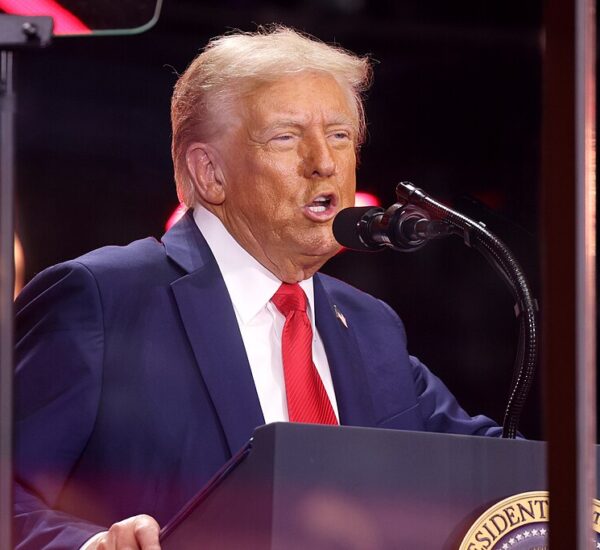Biden Intentionally Breaks The Law
The Biden administration is introducing its SAVE plan, aimed at providing relief from student debt, as part of its ongoing efforts. This comes after a previous broader student debt relief plan by President Biden was rejected by the Supreme Court. President Biden unveiled the SAVE plan alongside Education Secretary Miguel Cardona and other officials. According to this plan, individuals earning around $15 per hour will be exempt from making payments, while those earning more will experience annual savings of at least $1,000 compared to other income-driven repayment schemes.
According to Fox, President Biden emphasized that adhering to this plan’s payment requirements will prevent loan balances from growing due to unpaid interest. The SAVE plan bases monthly payments on income rather than the outstanding student loan amount. Miguel Cardona praised the SAVE plan as a significant advancement in addressing the student loan crisis and prioritizing borrowers.
Neera Tanden, a domestic policy adviser at the White House, sees the SAVE plan as transformative for millions of Americans. However, a watchdog group warns that the program will come at a substantial cost for taxpayers. The Committee for a Responsible Federal Budget estimates that implementing the new repayment options will require a minimum of $276 billion.
President Biden’s initiatives to alleviate student debt have encountered obstacles recently. The Supreme Court invalidated his initial attempt to provide widespread debt relief. Subsequent efforts have also faced resistance in the courts.
Biden’s initial comprehensive plan was projected to cost over $400 billion. A scaled-down version was introduced in July, with an expected cost to taxpayers of approximately $39 billion.
In the past, the Biden administration had leaned on the HEROES Act, a federal statute, to enact the original plan. They argued that this law empowered the education secretary to modify or waive provisions related to student financial assistance in times of military emergencies. However, the Supreme Court disagreed, stating that the authority to “modify” regulations allowed for minor adjustments rather than complete transformations.






